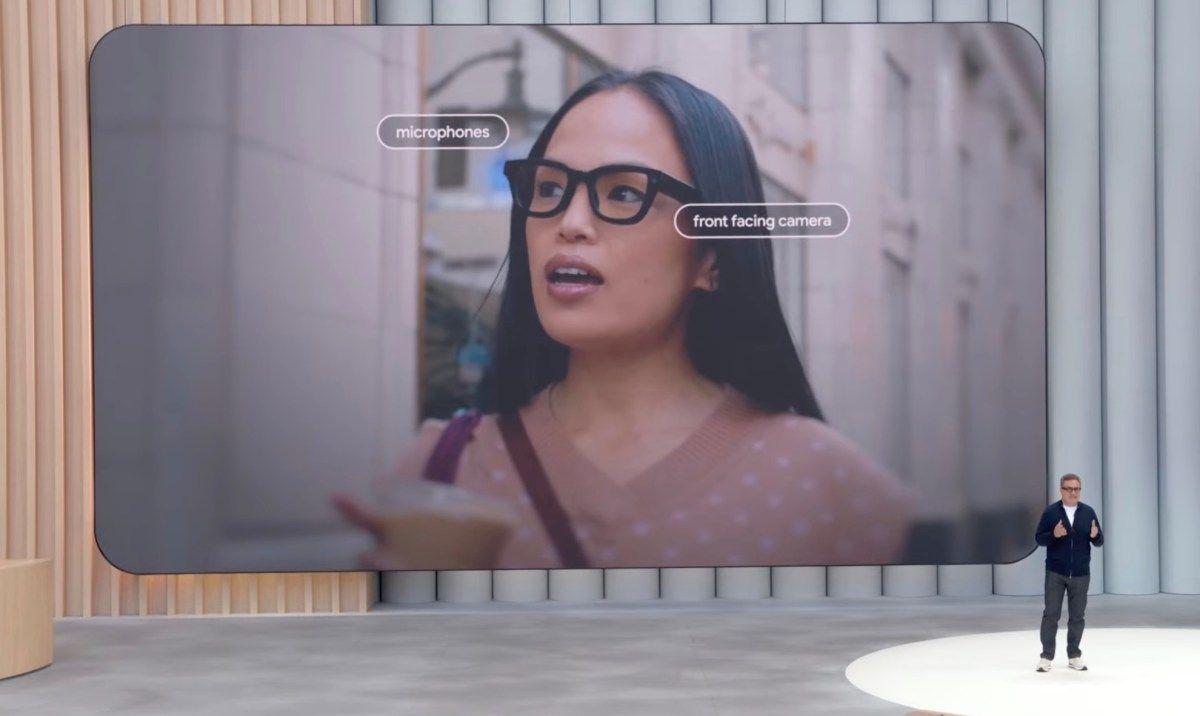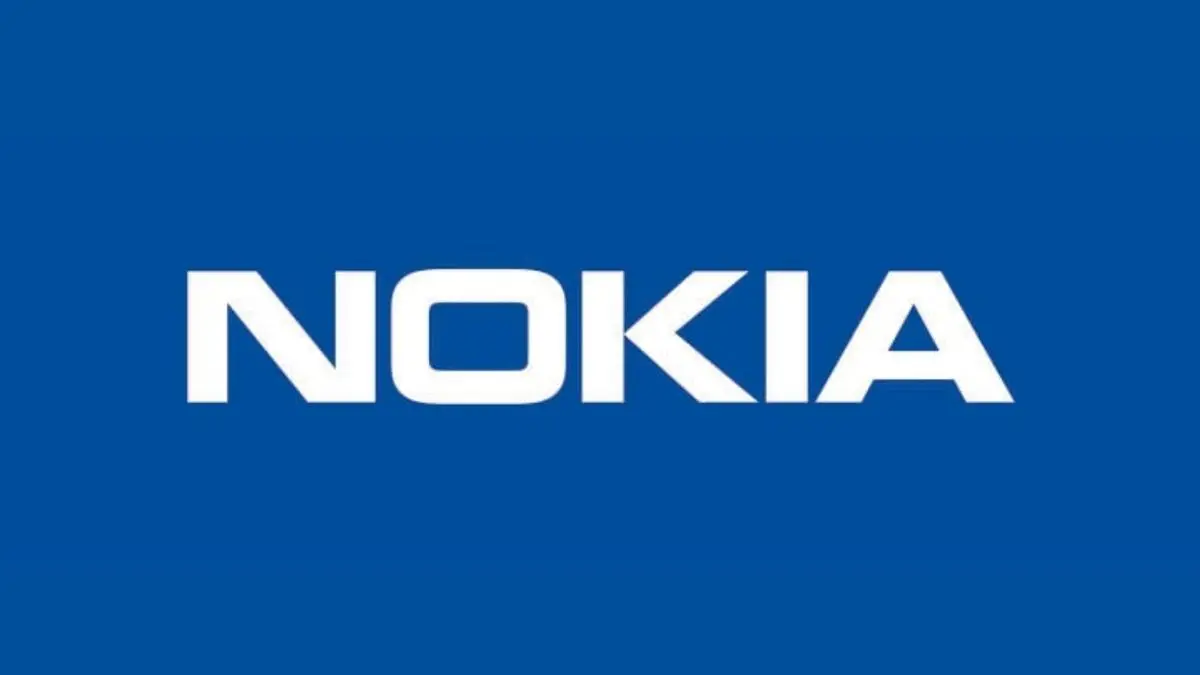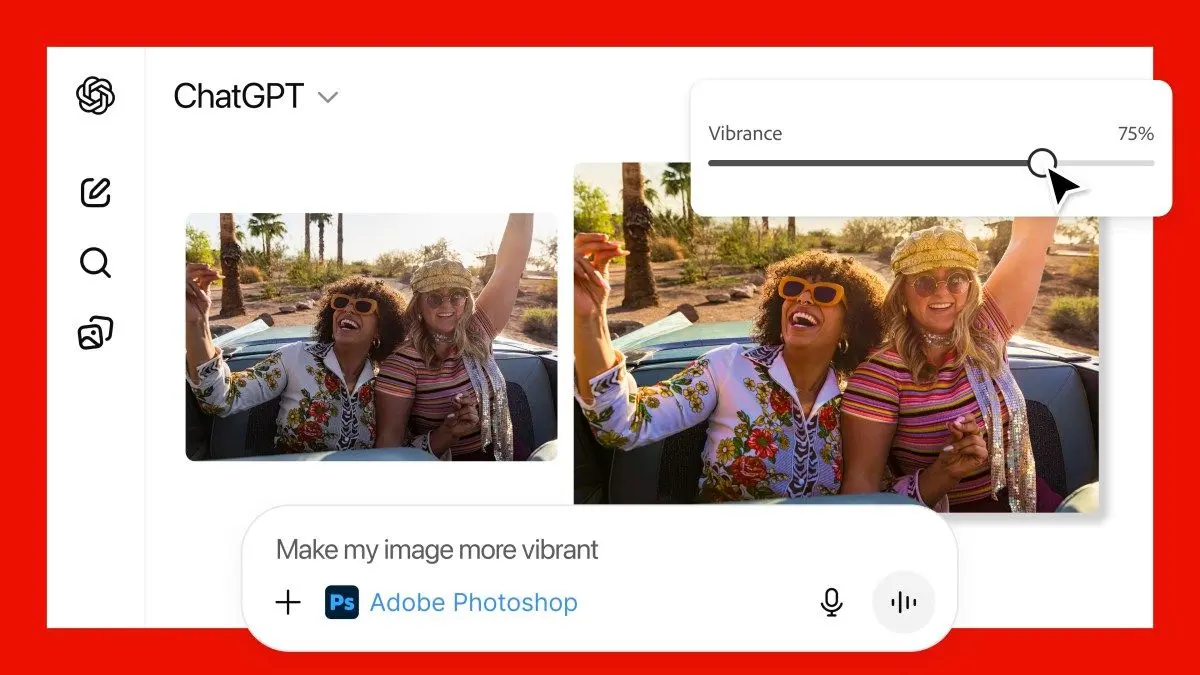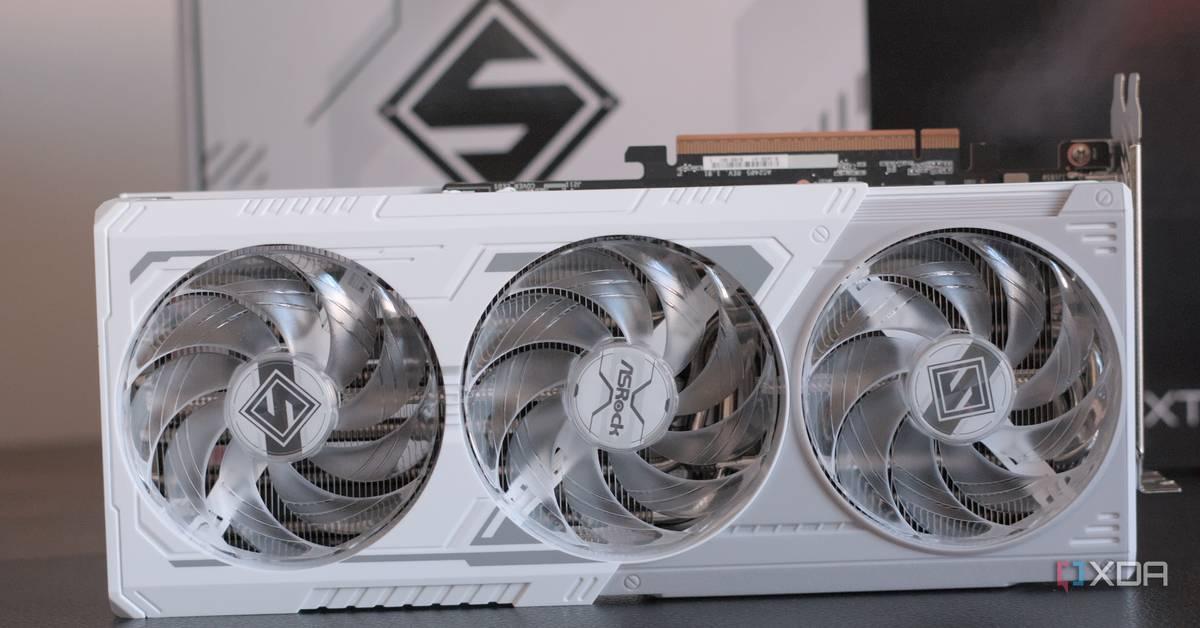Nvidia Invests $1 Billion in Nokia, Signaling Major AI Infrastructure Partnership
4 Sources
4 Sources
[1]
Nvidia Says It's Adding This Tech Company to Its Investment Portfolio. The Stocks Are Surging.
The deal marks Nvidia's latest bet on AI infrastructure plays. A vote of confidence from AI chipmaker Nvidia is sending shares of another tech company soaring Tuesday. Nvidia (NVDA) said it's making a $1 billion investment in Nokia (NOK) in addition to a new strategic partnership, sending shares of the Finnish tech company up 25% in recent trading. With Tuesday's gains, they've added about 80% of their value in 2025. Nvidia said it will purchase nearly 166.4 million new Nokia shares at $6.01 each, and become a 2.9% shareholder of the Finnish firm. Nokia said it would use the proceeds "to accelerate its strategic plans to advance trusted connectivity for the AI supercycle and other general corporate purposes." Nokia, known for its early cellphones and mobile network products, has shifted its focus to cater to the booming AI data center market of late, and the investment by Nvidia marks its latest bet on AI infrastructure plays. Some of the other companies Nvidia has taken stakes in include AI cloud computing provider CoreWeave (CRWV) and AI chip designer Arm (ARM). CoreWeave represented the largest holding in Nvidia's equity portfolio, with 24.3 million shares amounting to a roughly 7% stake in the company as of June, according to a regulatory filing. Much like Nvidia, shares of Arm have added over 40% of their value in 2025 as demand for AI chips soared, while shares of CoreWeave have more than tripled from their IPO price of $40 in March. Nvidia shares were up over 4% near $200 in recent trading, on track to close at a record high after CEO Jensen Huang gave a keynote address at the company's developers conference in Washington, D.C. highlighting its developments in AI.
[2]
Why Is Nokia Stock Skyrocketing Tuesday? - NVIDIA (NASDAQ:NVDA), Nokia (NYSE:NOK), Dell Technologies (NYSE:DELL)
Nokia Corporation (NYSE:NOK) jumped Tuesday after Nvidia Corporation (NASDAQ:NVDA) agreed to invest $1 billion for a 2.9% stake and partner on AI networking. The move brings fresh capital to Nokia and deepens cooperation between the firms in artificial intelligence and high-performance connectivity. Nokia said the funds will support its broader strategy and strengthen its product roadmap for the coming "AI supercycle." Also Read: AMD, Nvidia, Broadcom's Combined Value Surges 1000% In Just Three Years -- And Bulls Want More The announcement also landed as megacap tech kept building momentum. Apple Inc. (NASDAQ:AAPL) and Microsoft Corporation (NASDAQ:MSFT) both climbed Tuesday, pushing each above a $4 trillion market value. NVIDIA remained the world's most valuable company at more than $4.6 trillion, per a CNBC report. Deal Structure Nokia's board approved the issue of more than 166 million new shares. Nvidia will pay $6.01 per share, subject to standard closing conditions. After the settlement, Nvidia will hold roughly 2.9% of Nokia's stock. The newly issued shares are expected to begin trading in Helsinki, Paris and New York once regulatory steps are complete. AI-RAN Collaboration The partnership also arrives alongside the launch of Nvidia Arc Aerial RAN Computer, a 6G-ready platform built for next-generation telecom workloads. Nokia plans to add a new AI-RAN product to its global access portfolio based on Nvidia's platform. T-Mobile US, Inc. (NASDAQ:TMUS) is working with both companies to integrate AI-RAN into its 6G development program, opening the door to smarter network automation and enhanced customer experiences. Dell Technologies Inc. (NYSE:DELL) will supply PowerEdge servers to power the joint AI-RAN offering. Industry executives say the collaboration marks a shift toward AI-native 6G by pushing AI-RAN into real-world commercialization at global scale. Strategic Focus Nokia expects faster development of 5G and 6G radio software on Nvidia architecture. The companies also plan to explore joint work in switching and optical gear for future AI data centers. Financial Mechanics Nvidia's payment will go into Nokia's reserve for invested unrestricted equity. Nokia said independent legal and financial reviews supported the subscription terms and justified issuing shares without preemptive rights. Jefferies analyst Janardan Menon upgraded NOK from Hold to Buy. According to Benzinga Pro, NOK stock has gained over 49% in the past year. Investors can gain exposure to the stock via iShares U.S. Digital Infrastructure and Real Estate ETF (NYSE:IDGT). Price Action: NOK shares were trading higher by 24.82% to $7.939 at last check Tuesday. Read Next: What's Going On With Sysco Corporation Stock Today? Photo via Shutterstock DELLDell Technologies Inc$164.591.48%OverviewNOKNokia Oyj$7.9825.5%NVDANVIDIA Corp$194.731.69%AAPLApple Inc$268.940.05%IDGTiShares U.S. Digital Infrastructure and Real Estate ETF$90.430.05%MSFTMicrosoft Corp$543.232.20%TMUST-Mobile US Inc$222.110.65%Market News and Data brought to you by Benzinga APIs
[3]
Why Nokia Stock Surged Today
Shares of Nokia (NOK +23.00%) soared by 23% on Tuesday after the telecom equipment provider announced a billion-dollar partnership with artificial intelligence (AI) titan Nvidia (NVDA +4.98%). Entering the AI arena As part of the deal, Nvidia plans to make a $1 billion investment in Nokia in exchange for a 2.9% stake in the Finnish networking pioneer. To facilitate the transaction, Nokia will issue 166,389,351 new shares, which Nvidia will purchase for $6.01 per share. Nokia intends to use the cash to accelerate its efforts to supply advanced connectivity solutions to the fast-growing AI industry. As part of this growth strategy, Nokia will make its 5G and forthcoming 6G software capable of running on Nvidia's chips and related equipment. The two companies will also work together to integrate Nokia's switching and optical technologies into Nvidia's AI offerings. AI is going mobile and coming to the edge Nokia and Nvidia claim that fast and secure telecommunications tools are critical national infrastructure -- and they're right. AI-powered applications are increasingly being delivered via smartphones and other mobile devices. The two tech leaders want to play a central role in enabling these AI services by ensuring networks can handle the coming surge in mobile traffic. At the same time, advances in edge computing are moving AI from data centers to distributed devices like smart appliances, autonomous vehicles, and drones. Nokia CEO Justin Hotard wants to support this explosion in AI-native edge devices and "put an AI data center into everyone's pocket."
[4]
Nokia Stock Rally Signals Revaluation as Nvidia Ties Spark AI Infrastructure Pivot | Investing.com UK
NYSE:NOK surged to $8.11, climbing an extraordinary 28.14% in a single trading day, its steepest one-day gain in nearly a decade. The catalyst -- Nvidia's $1 billion equity investment for a 2.9% stake -- immediately repositioned Nokia from a traditional 5G supplier to a key player in AI network infrastructure. With a day range between $6.40 and $8.19, a market cap of $45.18 billion, and volume exceeding 43 million shares, institutional participation surged, signaling a revaluation phase for the Finnish firm. The partnership announcement not only reshaped Nokia's market perception but also ignited momentum that could redefine the company's multi-year growth trajectory as AI and 6G architectures converge. Nvidia's decision to invest $1 billion by purchasing 166 million new Nokia shares at $6.01 per share reflects more than financial support -- it's a long-term strategic pivot. This move integrates Nvidia's AI computation layer into Nokia's 5G and 6G software architecture, bridging the gap between data centers and global telecom infrastructure. Nvidia gains access to advanced connectivity pipelines crucial for AI training data, while Nokia benefits from leveraging Nvidia's GPU ecosystems within its Radio Access Network (RAN) solutions. Together, they will develop AI-optimized 6G systems, reshaping the telecom industry's efficiency curve. Nvidia's previous strategic moves -- including $5 billion into Intel, $667 million into Nscale, and $500 million into Wayve -- show a clear pattern: vertical integration across AI, cloud, and communications. The Nokia alliance extends this expansion into a new domain -- telecom intelligence, a frontier largely untapped by chipmakers. Under the leadership of CEO Justin Hotard, who formerly led Intel's Data Center and AI division, Nokia's transition toward AI infrastructure has accelerated sharply. The company's Q3 2025 results underscore this pivot: revenue rose 11.6% year-over-year to €4.83 billion ($5.6B), driven by strong AI-related demand, while net income fell 53.8% to €78 million amid restructuring expenses. Operating costs climbed 16.9% to €1.87 billion, reflecting reinvestment in R&D and integration costs following its acquisition of Infinera Corp. Still, EBITDA stood at €525 million, and free cash flow reached €429 million, underlining a resilient liquidity base supported by €3 billion in net cash. These numbers prove Nokia's financial flexibility even as it shifts its model from conventional telecom supply to AI-enabled connectivity. Nokia's Optical Networks segment expanded 19% year-over-year, fueled by hyperscale demand and large AI computing clients. The Cloud and Network Services division rose 13%, as operators upgraded their 5G cores to handle AI-intensive workloads. Partnerships with Super Micro Computer (NASDAQ:SMCI) and Nscale integrated Nokia deeper into the AI data pipeline, while its $2.3 billion Infinera acquisition strengthened its ability to deliver end-to-end solutions for AI data centers. Nokia now supplies components capable of 800G ZR/ZR+ transmission speeds, essential for AI data flow between global supercomputing centers. Hotard's background ensures a tighter alignment between semiconductors, network software, and connectivity -- transforming Nokia into an essential backbone of the AI infrastructure chain that Nvidia seeks to dominate. Regional growth shows Nokia's diversification strategy is working. North America sales grew 13%, India 24%, and the broader APAC region 23%, while Europe held steady. These gains were accompanied by a strengthened AI-driven order backlog, with coverage entering Q4 surpassing previous years. The long-term VodafoneThree partnership -- spanning 7,000 sites over eight years -- anchors stable recurring revenue, while enterprise adoption expands Nokia's customer base beyond traditional telecom carriers. These results show Nokia's success in shifting focus toward enterprise-grade, AI-integrated network clients. As a result, Nokia's growth now parallels trends seen across Nvidia's ecosystem: both companies are building the digital infrastructure that supports the global AI supercycle. Despite the stock's 28% surge, NYSE:NOK remains undervalued compared to peers in AI infrastructure. Using projected free cash flow of €1.27 billion for 2025 and €1.7 billion for 2026, the stock's fair value stands near €8.87 ($10.28), offering an estimated 27% upside. The P/B ratio of 1.35, combined with 1.93% dividend yield, signals attractive value for long-term investors. Nokia's net profit margin of 1.62% -- currently compressed by restructuring -- is expected to recover to 4-5% post-Infinera integration. The balance sheet remains robust, supported by €3 billion in net cash and strong free cash conversion between 50% and 80%, making the firm one of the most financially secure players in the telecom hardware segment. The cooperation between Nokia and Nvidia extends beyond 5G to early 6G testing, which aims to create AI-native communication standards. Nokia has already begun pre-standard 6G radio trials, focusing on spectral efficiency, AI coordination, and ultra-low latency. In partnership with Berlin's Fraunhofer Heinrich Hertz Institute, Nokia is contributing to next-generation video coding and immersive technologies that will define mobile connectivity in the 2030s. Nvidia's parallel computing hardware, integrated into Nokia's network stack, allows AI inference to occur within the network layer itself -- a breakthrough expected to radically enhance real-time data transfer and automation. This positions both firms at the forefront of an AI-networking hybrid market that will reshape global communication infrastructure. The macro backdrop now favors Nokia's expansion. The Federal Reserve's rate cuts, easing borrowing costs, and record AI capital expenditure cycles are driving renewed telecom investments worldwide. Operators that scaled back during the high-rate environment are reopening capital budgets, benefiting Nokia's supply chain for 5G and 6G hardware. At the same time, governments in Europe and North America are prioritizing AI sovereignty, channeling subsidies toward domestic infrastructure providers like Nokia. As Ericsson's 9.1% revenue decline exposed ongoing volatility, Nokia emerged as the stronger, more diversified competitor. The industry-wide AI adoption wave is projected to lift global network infrastructure spending beyond $500 billion by 2028, and Nokia's alliance with Nvidia ensures it participates directly in that acceleration. Nvidia's current price of $195.30, just below its $196.57 52-week high, reflects a 1-year gain of 37% and market cap $4.74 trillion. The Nokia partnership provides Nvidia with a new structural growth driver -- AI networking revenue -- estimated to contribute $4-6 billion annually by 2027 through hardware sales, licensing, and co-developed network solutions. Analysts expect this diversification to sustain Nvidia's top-line growth above 60% YoY into 2026, even as data-center GPU margins normalize. The deal also de-risks Nvidia's concentration in hyperscaler clients by adding telcos and governments to its customer base. That broader exposure enhances earnings stability and supports a re-rating toward $215-$225 per share within 12 months if execution continues. Fundamentally, this investment transforms Nvidia from a chip supplier into an AI-connectivity platform company, extending its dominance into a trillion-dollar telecom transition. For NYSE:NOK, Nvidia's capital and credibility accelerate its valuation cycle; for Nvidia (NASDAQ:NVDA), Nokia becomes a gateway to real-time AI data. Nokia's price forecast now targets $10.20-$10.50 over 12 months as free-cash recovery aligns with AI revenue, while Nvidia's forecast moves toward $220, representing roughly 13% upside. The correlation between both equities will tighten: each network deployment using Nvidia chips contributes incremental hardware sales for Nvidia and recurring service revenue for Nokia. This feedback loop magnifies profitability across both firms -- one supplying intelligence, the other carrying it. The Nvidia-Nokia alliance marks a structural evolution in global connectivity. Nokia gains scale, capital, and relevance in the AI supercycle; Nvidia gains distribution, influence, and recurring infrastructure demand. The deal redefines both firms' price trajectories -- Nokia shifting from cyclical telecom value to AI infrastructure growth, Nvidia expanding from chip dominance to network ownership. As of now, Nokia remains a Buy targeting $10+, supported by AI backlog and margin expansion, while Nvidia's forecast stays Bullish, with momentum toward $220-$230 per share driven by cross-sector integration, new revenue verticals, and unmatched leadership in AI hardware and networking synergy.
Share
Share
Copy Link
Nvidia's $1 billion investment in Nokia for a 2.9% stake marks a strategic partnership to develop AI-native 6G networks and integrate AI capabilities into telecommunications infrastructure, sending Nokia stock soaring 25%.

Nvidia's Strategic Investment in Nokia
Nvidia has announced a $1 billion investment in Nokia, acquiring a 2.9% stake in the Finnish telecommunications company through the purchase of 166.4 million new shares at $6.01 each
1
. The announcement sent Nokia's stock soaring by 25% in Tuesday trading, marking the company's steepest one-day gain in nearly a decade4
.This investment represents Nvidia's latest bet on AI infrastructure plays, following previous strategic investments in companies like AI cloud computing provider CoreWeave and AI chip designer Arm
1
. Nokia plans to use the proceeds to "accelerate its strategic plans to advance trusted connectivity for the AI supercycle and other general corporate purposes"1
.AI-RAN Technology Partnership
The collaboration extends beyond financial investment to include the development of AI-RAN (Radio Access Network) technology. Nokia will add a new AI-RAN product to its global access portfolio based on Nvidia's platform, with the partnership launching alongside Nvidia's Arc Aerial RAN Computer, a 6G-ready platform designed for next-generation telecom workloads
2
.T-Mobile is working with both companies to integrate AI-RAN into its 6G development program, while Dell Technologies will supply PowerEdge servers to power the joint AI-RAN offering
2
. Industry executives view this collaboration as marking a shift toward AI-native 6G by pushing AI-RAN into real-world commercialization at global scale2
.Nokia's AI Infrastructure Transformation
Under CEO Justin Hotard, who formerly led Intel's Data Center and AI division, Nokia has been transitioning from a traditional 5G supplier to a key player in AI network infrastructure
4
. The company's Q3 2025 results showed revenue rising 11.6% year-over-year to €4.83 billion, driven by strong AI-related demand4
.Nokia's Optical Networks segment expanded 19% year-over-year, fueled by hyperscale demand and large AI computing clients, while the Cloud and Network Services division rose 13% as operators upgraded their 5G cores to handle AI-intensive workloads
4
.Related Stories
Strategic Implications for AI and 6G
The partnership positions both companies to capitalize on the convergence of AI and telecommunications infrastructure. Nokia and Nvidia claim that fast and secure telecommunications tools are critical national infrastructure, as AI-powered applications are increasingly being delivered via smartphones and mobile devices
3
. The collaboration aims to support the explosion in AI-native edge devices, with Nokia CEO Hotard wanting to "put an AI data center into everyone's pocket"3
.As part of the growth strategy, Nokia will make its 5G and forthcoming 6G software capable of running on Nvidia's chips and related equipment, while the companies will work together to integrate Nokia's switching and optical technologies into Nvidia's AI offerings
3
.References
Summarized by
Navi
[1]
[3]
Related Stories
Recent Highlights
1
AI Chatbots Sway Voters More Effectively Than Traditional Political Ads, New Studies Reveal
Science and Research

2
Google AI glasses set to launch in 2026 with Gemini and Android XR across multiple partners
Technology

3
EU Launches Antitrust Probe Into Google's AI Training Practices and Content Usage
Policy and Regulation







